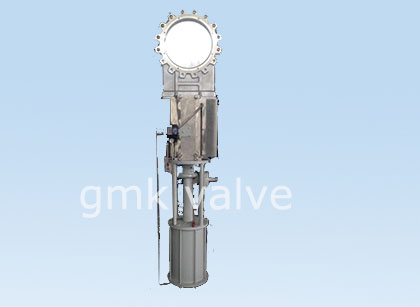Valve actuators play a crucial role in controlling the flow of liquids, gases and other materials in industrial and commercial applications. In recent years, there have been significant developments in valve technology, most notably the advances in pneumatic and electric valve actuators.

A valve actuator is a mechanical device used to control valves. It operates by converting energy into motion that either opens or closes the valve. There are various types of valve actuators, including hydraulic, electric, pneumatic and manual actuators. Each actuator has its advantages and disadvantages, and the choice of actuator will depend on the application and specific requirements of the valve system.
Pneumatic Valve Actuators
A pneumatic valve actuator is an actuator that uses compressed air to create a linear or rotary motion that opens or closes a valve. Pneumatic actuators are widely used in industrial applications due to their reliability, long lifespan, low maintenance and rugged construction. They are also very versatile and can be used in a wide range of temperatures and environments. Pneumatic actuators are typically used in applications where fast response and precise control are required.
One of the benefits of pneumatic valve actuators is that they provide a high degree of control over the valve operation. The compressed air is used to create a linear or rotary motion, which is translated into a precise valve position. This allows for precise control over the flow rate of the fluid or gas, which is essential in many industrial processes. Pneumatic actuators can also be used in hazardous environments where electrical equipment is not permitted.
Electric Valve Actuators
Electric valve actuators use an electric motor to create linear or rotary motion that opens or closes a valve. They are used in a wide range of applications where precise control over the valve operation is required. Electric actuators offer several advantages over pneumatic actuators, including lower operating costs, smaller size, and reduced maintenance requirements.
Electric valve actuators can be divided into two main types: on/off actuators and modulating actuators. On/off actuators are used to open and close the valve fully, whereas modulating actuators are used to adjust the valve position to control the flow rate. Modulating actuators are typically used in applications where a constant flow rate is required, such as in chemical processing or wastewater treatment.
Conclusion
In conclusion, valve actuators play a critical role in industrial processes and are essential components of most valve systems. Pneumatic and electric valve actuators are the two most commonly used types of actuators, with each having its advantages and disadvantages. The choice of actuator will depend on the specific application requirements, such as control precision, speed, and operating costs. It is essential to choose the right actuator for the job to ensure that the valve system operates efficiently and effectively. As one of the leading valve manufacturers in Wenzhou City, China, we offer a wide range of valve actuators, including pneumatic and electric actuators, to meet the needs of diverse industries.